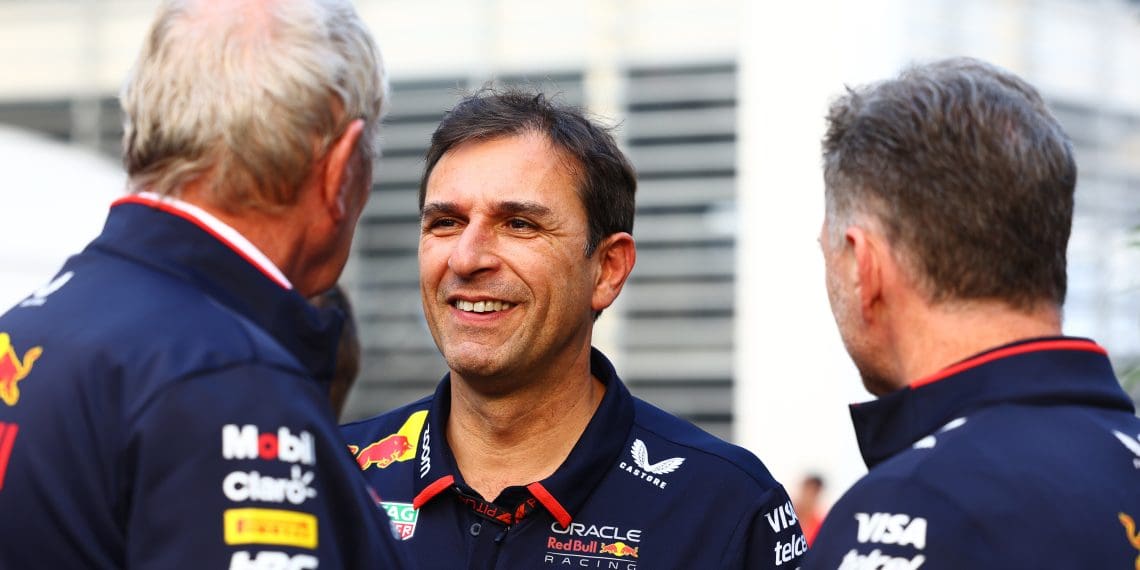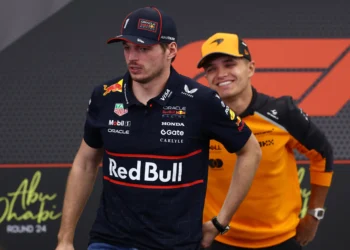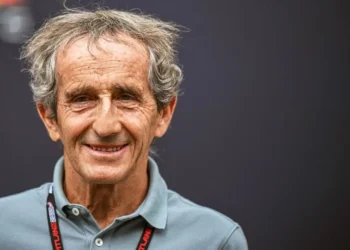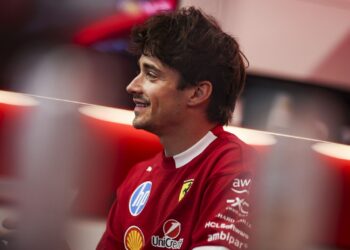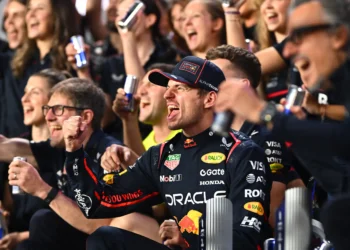Red Bull Deceived by Simulator: Shocking Revelations by Team Director Marko to Verstappen
The thrilling world of Formula 1 was shaken to its core as Red Bull’s technical director, Pierre Waché, received a congratulatory pat on the back following Max Verstappen’s victory at the Japanese Grand Prix. Amid the celebrations, a cloud of uncertainty loomed over the Red Bull team, struggling to provide Verstappen with a competitive car to defend his world title.
In a startling confession, Waché revealed that the team had revamped their car concept between 2024 and 2025 in a bid to enhance performance. However, the desired results have not materialized, with Waché admitting, “The vehicle’s balance keeps changing. It takes too long to correct. Luckily, we have Max in the car who realizes this.” The RB21 seems to only excel in a specific configuration, leaving the Milton Keynes-based team scrambling to find that sweet spot before each race weekend.
During the Japanese Grand Prix at Suzuka, constant adjustments were made from Free Practice 1 to Qualifying due to the team being misled by the simulator. Helmut Marko, Red Bull’s motorsport advisor, expressed frustration, stating, “We work on certain data at the factory, which is consistently contradicted when we hit the track. It happened two years ago in Monaco and repeated itself in Japan. I told Verstappen to trust his instincts and not rely on the simulator.” Marko’s comments shed light on the challenges faced by the team in translating simulation data into on-track performance.
Despite a flawless operational weekend and some external factors working in their favor, such as low temperatures and minimal tire degradation, it was Verstappen’s skill that propelled him from a challenging Friday to securing pole position and ultimately clinching the Grand Prix victory. However, such comeback weekends cannot be the norm. Verstappen emphasized the need for continuous improvement, acknowledging the team’s limitations.
The unpredictable nature of the Red Bull RB21, reminiscent of its predecessor, the RB20, has made it difficult for the team’s second driver to keep pace with Verstappen. As Red Bull grapples with the discrepancies between simulation and reality, the pressure mounts to deliver a consistent and competitive car for their star driver.
The revelation of Red Bull’s struggles with their simulator and the quest for performance optimization adds a new layer of intrigue to an already intense Formula 1 season. Will Red Bull overcome these challenges and provide Verstappen with a championship-worthy car? Only time will tell in this high-stakes battle for supremacy on the track.

